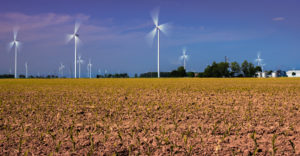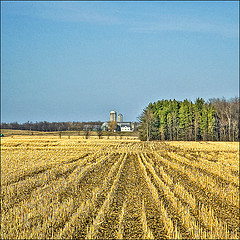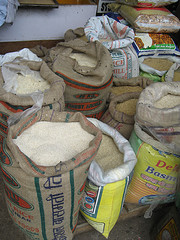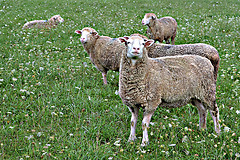
The 2017 Census of Agriculture Illinois report was issued earlier this month, and here are a few statistics of interest:
Total value of land and buildings for the 72,651 farms in the state was $196,542,978,000. This amounts to $2.7 million per farm, and $7,278 per acre. Real estate taxes paid were $431,625,000, implying an effective tax rate of 0.22%.
58% of the acreage is tenant-farmed. However most (44,378) of the farms are owned by the operator, whereas 6,021 are farmed by tenants. The remainder (22,252) combine owned and rented acreage. The rent may be cash, or a share of crop, or other arrangement. Cash rent was reported to total $1,956,402,000.
Remember that whereas Georgists are concerned about who receives land rent:
- The above figures may be mostly land, but do include buildings
- Even farmland may have some improvements, for example drainage tiles, and the value added by these is not “land” for purposes of political economy.
Illinois contains 7,992 very small farms of 1-9 acres (Anything smaller than 1 acre isn’t counted in this census,) Most have less than $2500 revenue, but 64 of them report $1,000,000 or more. 3122 are operated by people who say farming is their primary occupation.
The report contains a huge amount of detailed information gathered from farm operators. That may help explain why the actual response rate (nationally) was just 71.8%, with systematic estimates covering the remainder. This rate is down from 74.6% in 2012, and 78.2% in 2007. Much of the data is reported at the county level as well as statewide.


